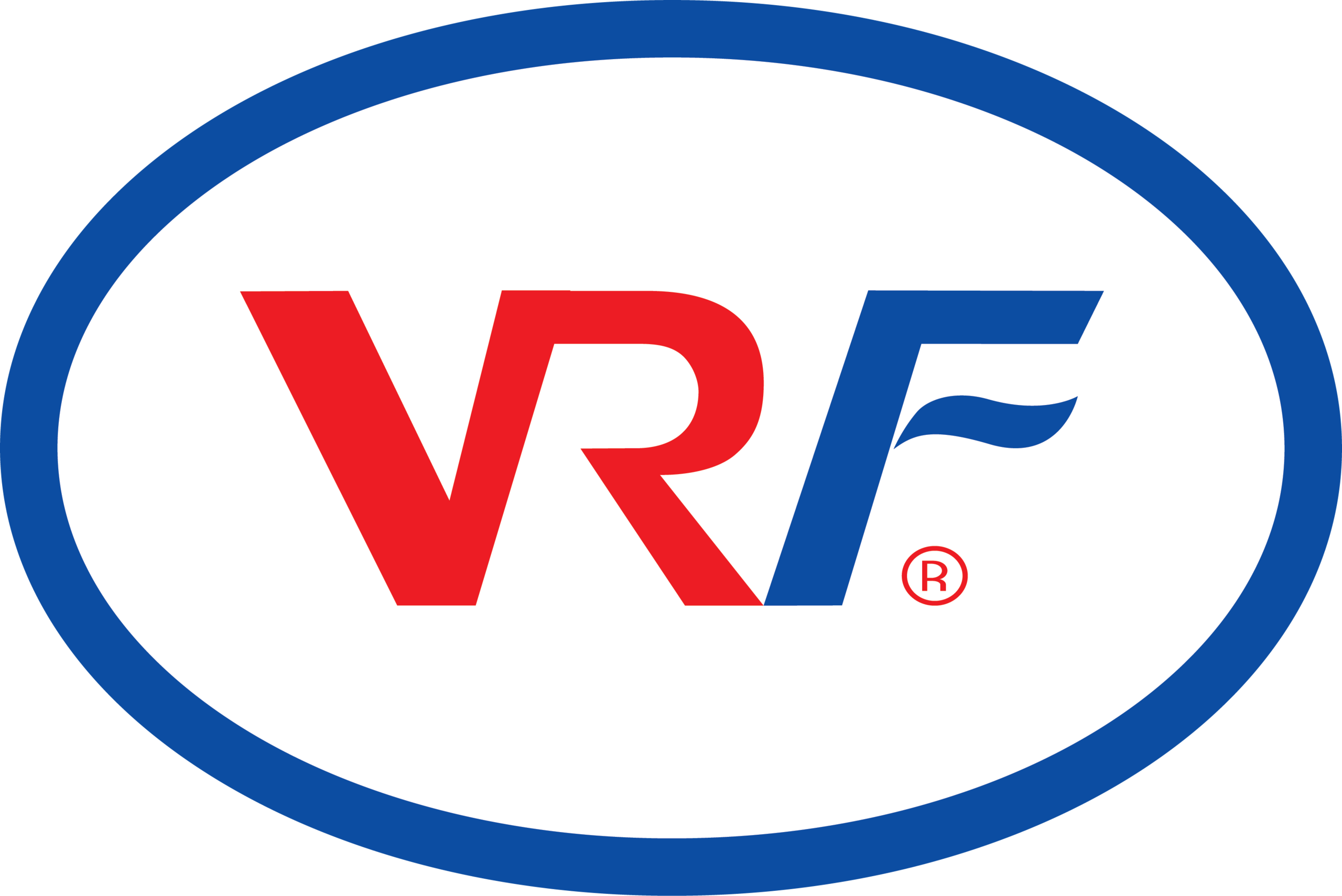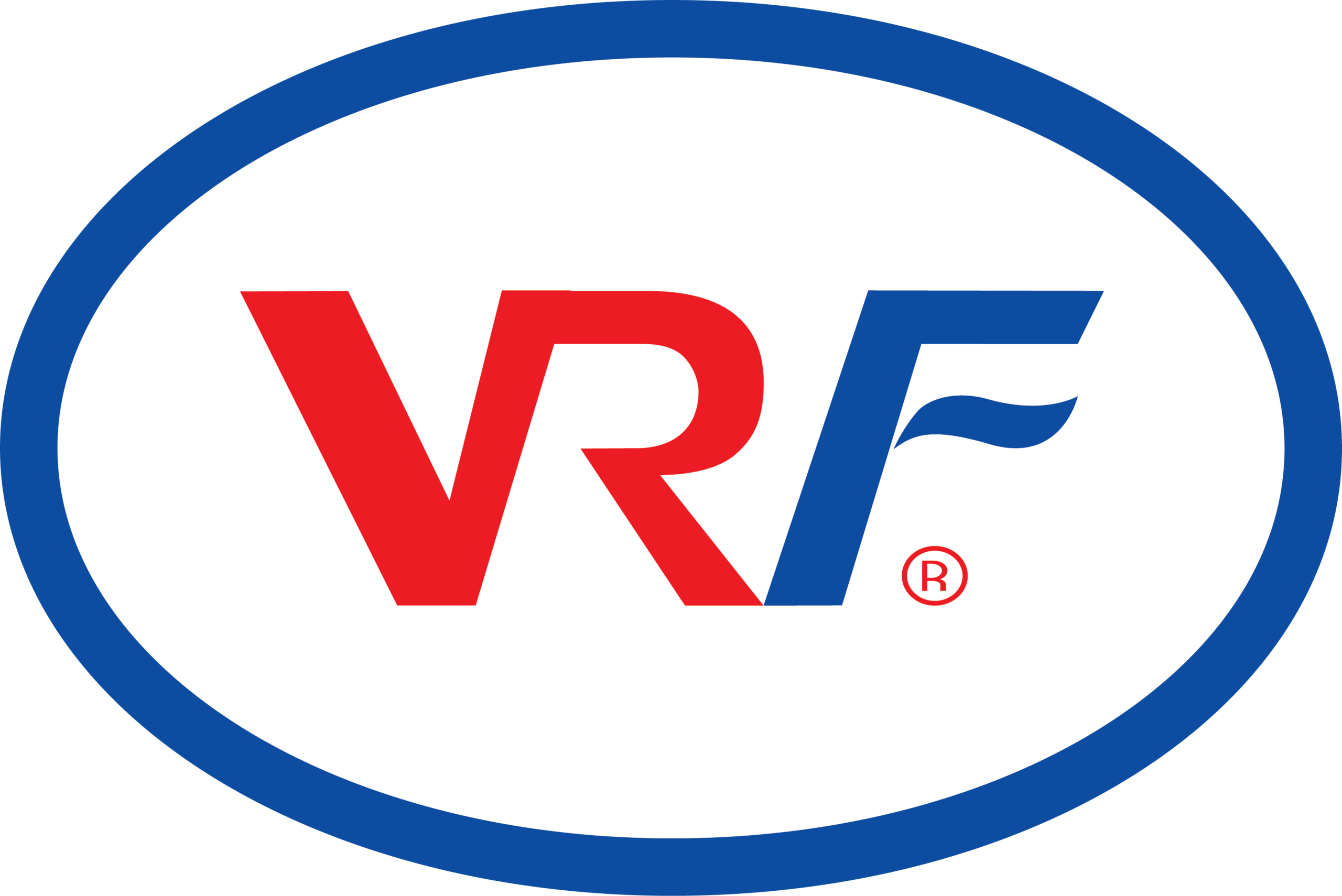Energy conservation remains a top priority in modern construction, and insulation materials are key to achieving efficiency goals. Among these, polyisocyanurate insulation has emerged as a frontrunner, balancing performance with environmental responsibility. The Polyisocyanurate Insulation Market is expanding rapidly as sustainability becomes a strategic business imperative across multiple sectors.
This material’s versatility makes it suitable for a wide range of uses, from roofing panels to industrial refrigeration systems. Its durability, lightweight nature, and fire resistance contribute to both safety and energy performance. As the global community transitions toward low-carbon solutions, polyisocyanurate insulation continues to gain relevance as a preferred building material.
In addition to its technical merits, market growth is being propelled by government energy policies, building efficiency incentives, and consumer awareness campaigns. Public institutions and corporate builders are now prioritizing energy-efficient designs, leading to a significant increase in the installation of PIR insulation panels. Manufacturers are keeping pace through continuous innovation, developing thinner yet more thermally efficient designs to cater to diverse climate zones.
The future trajectory of the Polyisocyanurate Insulation Market Outlook appears promising. With global emphasis on energy-efficient infrastructure, the demand for PIR insulation will continue to climb. As more industries align with decarbonization objectives, this market is expected to remain a cornerstone of sustainable growth in the materials and construction sectors.


